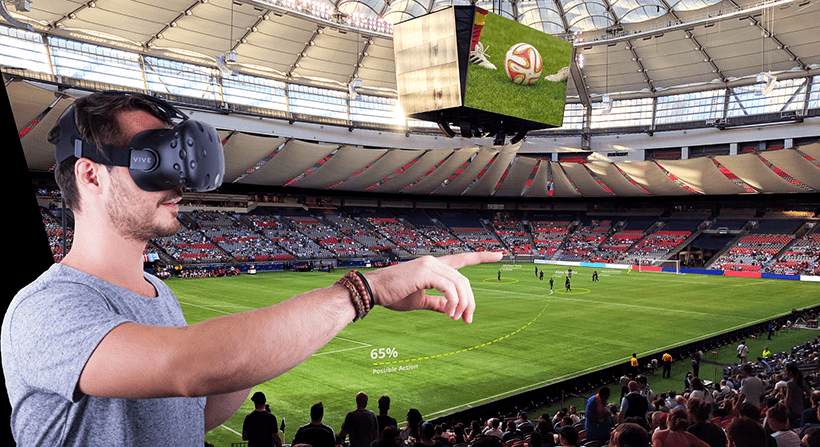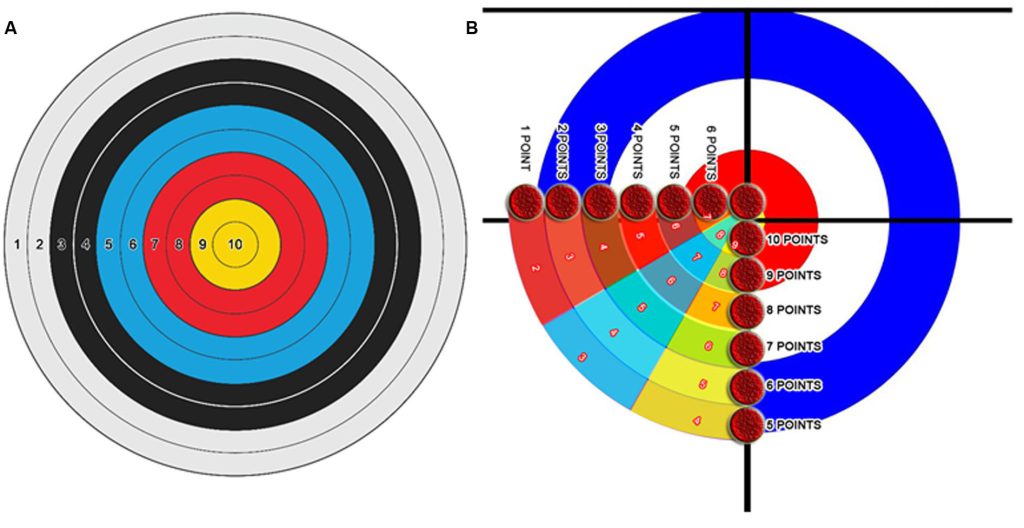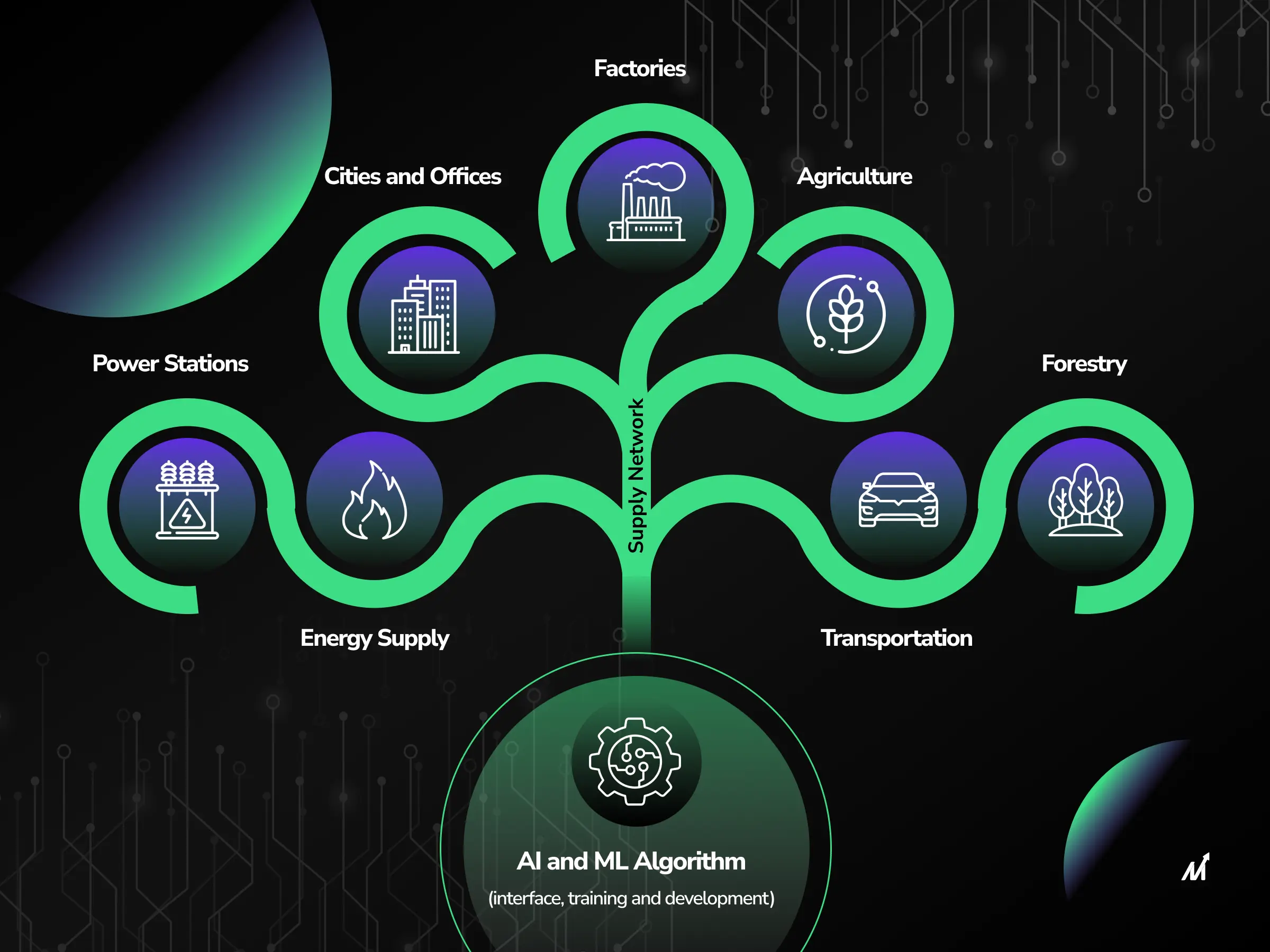Virtual reality is poised to have a profound impact on the sports and event industry, revolutionizing the way fans experience live events and how athletes train and prepare for competition. In this article, we will explore the ways in which virtual reality is influencing the sports and event industry, from enhancing fan engagement to providing new opportunities for training and performance analysis. We will also delve into the potential challenges and opportunities that VR presents for the industry, and how it is likely to shape the future of sports broadcasting. Through VR technology, fans can expect more immersive experiences, and athletes can expect new training methods and potential advancements in the sports industry as a whole.

Enhancing the live event experience through immersive VR technology
The use of virtual reality (VR) in the sports industry has transformed the live event experience for fans. Through the use of 360-degree cameras and VR headsets, fans can now immerse themselves in the stadium environment and view the action from the player’s perspective, all from the comfort of their own homes. This technology provides a more interactive and memorable experience at live events, allowing fans to feel like they are truly part of the action. Additionally, VR technology is being utilized by professional teams for training purposes, allowing players to experience and visualize plays in virtual reality, ultimately improving their performance on the field.
Increasing fan engagement and interaction with VR-enhanced content
VR broadcasting startups like NextVR are making significant investments to bring the new experience to sports fans, covering major sports events such as NBA games, NFL games, and the Super Bowl. Beyond Sports, another VR startup, is using VR technology to gather player data from soccer matches and create 3D simulations of the game, allowing users to explore the game from different perspectives. This increased fan engagement and interaction with VR-enhanced content is revolutionizing the way fans experience and interact with sports, creating a more immersive and personalized experience for viewers.
Providing new opportunities for remote fan participation in live events
One of the most significant impacts of VR on the sports industry is its ability to provide new opportunities for remote fan participation in live events. With the use of VR technology, fans who are unable to attend in person can still experience the excitement of the competition from anywhere. This not only expands the reach of live events to a global audience but also creates new revenue streams for teams and organizations. Additionally, VR has the potential to make the recruiting process much easier by allowing athletes to visit stadiums, locker rooms, and other facilities in the immersive experience of VR, without physically being present.
Virtual Reality’s Influence on Athlete Training and Performance Analysis

The use of Virtual Reality (VR) technology in athlete training and performance analysis is revolutionizing the sports industry. VR is not only enhancing the fan experience but also providing athletes with new and innovative ways to train and improve their performance.
Utilizing VR simulations for game scenario practice and skill improvement
VR simulations are being utilized to create a controlled environment for athletes to practice game scenarios and improve their skills. Athletes can use VR headsets to visualize and experience plays repeatedly, enhancing their decision-making abilities and overall performance. This technology has been adopted by professional teams in various sports, including football, basketball, and hockey, and is expected to continue expanding its influence in athlete training.
Benefits of VR simulations for athlete training:
- Enhanced decision-making abilities
- Improved skill development
- Controlled environment for practice
Enhancing training methods and performance analysis through VR technology
In addition to game scenario practice, VR technology is being incorporated into training methods to provide athletes with a more immersive and interactive experience. Athletes can use VR headsets to visualize plays and game strategies, allowing for a deeper understanding of game scenarios and improving overall performance.
Impact of VR technology on performance analysis:
- Deeper understanding of game strategies
- Improved performance analysis
- Enhanced training methods
Exploring the potential for new sports based on VR and related technologies
VR technology has the potential to impact the future of professional sports by creating new opportunities and possibilities within the sports industry. The integration of VR and related technologies may lead to the emergence of entirely new sports, as seen with the integration of video gaming elements and physical exercise in games like Pokémon Go and Racket: Nx.
Potential impact of VR on the future of sports:
- Efficient recruiting process
- Possibility of new sports emerging
- Creating new opportunities within the sports industry
Challenges and Opportunities of Implementing VR in the Sports Industry

Addressing the cost implications of integrating VR technology
Virtual reality (VR) is transforming the sports industry by providing a more immersive and realistic fan experience. Through the use of 360-degree cameras, sporting events can be captured and streamed in VR, allowing fans to feel as though they are in the stadium without leaving their homes. VR technology is also being utilized for training teams, with VR training videos shot from the player’s viewpoint, offering a more realistic and repetitive training experience. However, one of the challenges of implementing VR in sports is addressing the cost implications. The development and deployment of VR experiences can be expensive, which may pose a barrier for some sports organizations and broadcasters.
To mitigate the cost implications, partnerships with VR technology companies and strategic investment in VR infrastructure may be necessary. By collaborating with VR developers, sports organizations can access the necessary expertise and resources to implement VR technology effectively. Additionally, seeking sponsorships and advertising opportunities specific to VR-enhanced sports can help offset the costs associated with integrating VR into the industry. As VR technology continues to advance, it is important for sports organizations to carefully consider the financial implications and potential return on investment to determine the feasibility of VR integration.
Potential impact on the traditional viewing experience and fan reception
While VR presents exciting opportunities for the sports industry, it also raises concerns about the potential impact on the traditional viewing experience and fan reception. The solitary nature of VR headsets may detract from the social aspect of watching sports, as it removes the shared experience of enjoying games with family and friends. This shift in viewing experience could potentially affect fan reception, as not all fans may be receptive to the added isolation of VR technology during sports events.
Strategies to Address Fan Reception Challenges:
- Developing social functionality within VR platforms to enable fan interaction through virtual avatars
- Providing options for hybrid viewing experiences that combine VR immersion with traditional viewing methods
- Educating fans about the benefits and unique experiences offered by VR-enhanced sports events
Companies in the VR industry are actively working to address these challenges by enhancing the social aspect of VR experiences. By incorporating social functionality into VR platforms, fans can interact with each other through virtual avatars while watching games, creating a more engaging and communal viewing experience. Additionally, offering hybrid viewing options that combine VR immersion with traditional viewing methods can cater to a wider audience and alleviate concerns about isolation. Educating fans about the benefits and unique experiences offered by VR-enhanced sports events can also help mitigate resistance to this technological shift and enhance fan reception.
Exploring the emerging opportunities for advertising and sponsorship in VR-enhanced sports
The integration of VR technology in the sports industry presents emerging opportunities for advertising and sponsorship, paving the way for new revenue streams and enhanced fan engagement. Advertisers can leverage VR technology to create virtual ads that offer a more interactive and immersive way to reach audiences during sporting events. These virtual ads can be seamlessly integrated into the VR environment, providing sponsors with innovative avenues to connect with fans and promote their brands.
Key Opportunities for Advertising and Sponsorship in VR-Enhanced Sports:
- Interactive product placements within VR sports environments
- Branded virtual experiences that align with the theme of sports events
- Immersive sponsored content integrated into VR training and behind-the-scenes access
Sports organizations and broadcasters can capitalize on these advertising and sponsorship opportunities by strategically incorporating branded virtual experiences and immersive sponsored content into VR-enhanced sports events. By aligning virtual ads with the theme of sports events and integrating them seamlessly into the VR environment, sponsors can engage fans in new and compelling ways. As VR technology continues to evolve, the potential for innovative advertising and sponsorship initiatives within the realm of VR-enhanced sports is poised to expand, offering exciting possibilities for both brands and sports entities.
How Virtual Reality is Influencing the Sports/Event Industry
The Future of Sports Broadcasting with Virtual Reality
The emergence of 360-degree VR broadcasting for immersive fan experiences is revolutionizing the sports industry. With the use of VR headsets and apps, sports fans can now have a realistic experience of being at the stadium without leaving the comfort of their homes. This has already been showcased at major events such as the Rio 2016 Summer Olympic Games and has the potential to reshape the landscape of sports broadcasting.
The impact of 360-degree VR broadcasting
The use of 360-degree VR broadcasting allows fans to feel as if they are physically present at the event. This technology provides a level of immersion that was previously unattainable through traditional broadcasting methods. By offering fans a more engaging and interactive viewing experience, 360-degree VR broadcasting has the potential to attract a wider audience and increase fan satisfaction.
Player-perspective VR cameras and audience engagement
Player-perspective VR cameras are also making a significant impact on audience engagement. While there are challenges in creating a seamless experience, such as dizziness when viewed with VR headsets, the potential for fans to view the action from the eyes of their favorite athletes is a game-changer. This technology is being utilized by professional sports leagues and has the potential to enhance the viewing experience for fans.
Utilizing VR technology for team training
The potential for VR to reshape the landscape of sports broadcasting is evident in the use of technology for training teams. VR training videos shot from the player’s-eye view of the action during practices are enabling players to receive realistic, repetitive training by visualizing situations they will face on the field. This not only enhances the performance of athletes but also allows teams to increase practice time without breaking stringent rules. The impact of VR on the future of professional sports is yet to be fully realized, but the opportunities and possibilities are endless.
conclusion
In conclusion, virtual reality (VR) is significantly influencing the sports and event industry in various ways. From enhancing the live event experience for fans to revolutionizing athlete training and performance analysis, VR technology is reshaping the industry. Despite the challenges of implementing VR, such as cost implications and creating a seamless experience, the opportunities for immersive fan engagement and innovative sports broadcasting are endless. As VR continues to advance, the future of the sports and event industry looks to be even more interactive and engaging, providing fans and athletes with new and exciting experiences.










